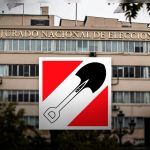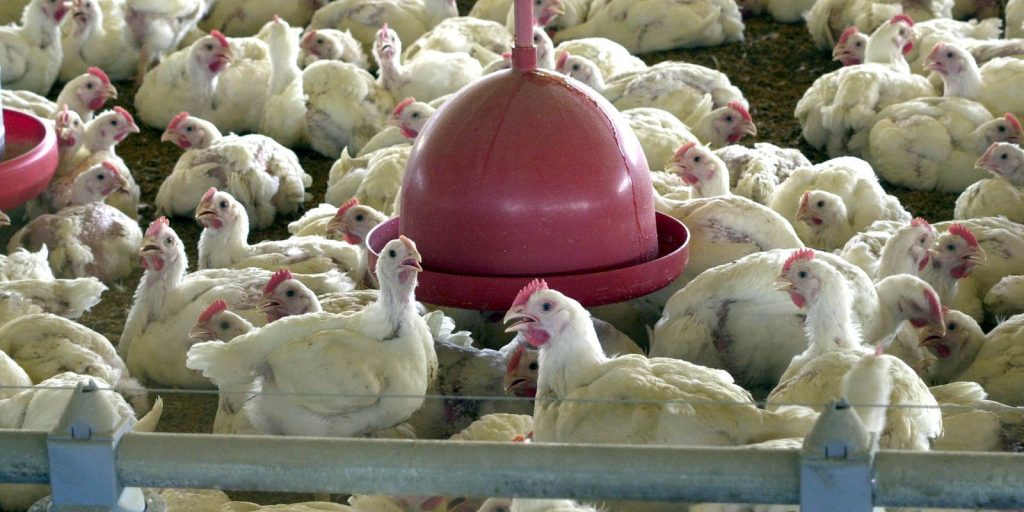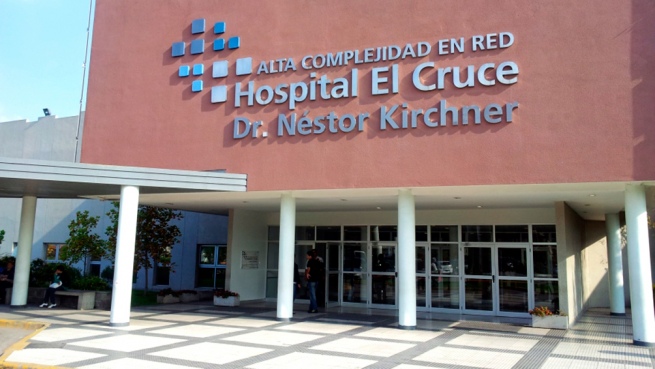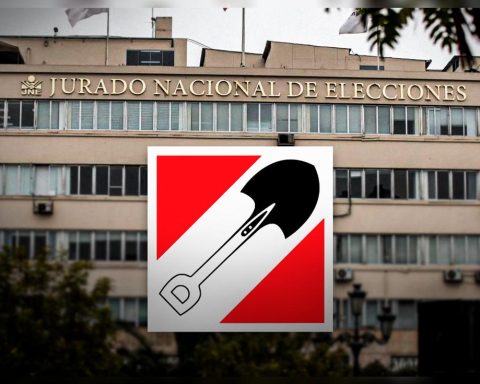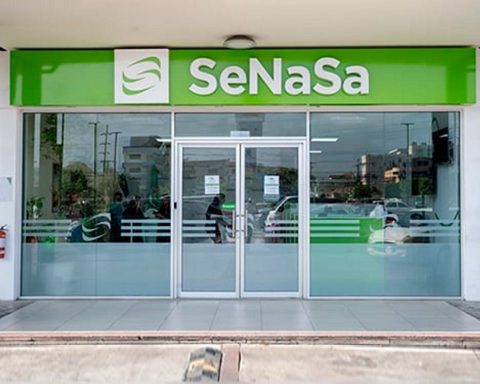Page Seven / La Paz
Next year, the budget of the autonomous governments will decrease to 28.7%, with Tarija being one of the hardest hit by the reduction. Legislators point out that this is the result of lower income from the Direct Tax on Hydrocarbons (IDH) and royalties.
Data from the General State Budget project (PGE) show that next year Tarija will receive 983.9 million bolivianos (institutional budget by programmatic category, total expenditures). This includes investment projects.
These resources are 28.73% lower than the 1,380.4 million Bolivians received by the region this year (data from the Sigep of the Ministry of Economy, budget and execution statistics by entity).
The Government of Chuquisaca will have a budget of 769.7 million bolivianos, 26.32% compared to this year (see graph).
The government of Cochabamba will receive 994.5 million bolivianos, a budget that is 24.51% lower than this year’s allocation. Potosí 1,199 million bolivianos, 17.4% lower.
Oruro’s will have 464.7 million bolivianos, 24.06% lower than this year’s amount and that of Beni, 567.9 million bolivianos, 26.3% lower.
The Government of Santa Cruz will receive a budget of 2,014.1 million Bolivians, while that of La Paz will have 1,565.2 million Bolivians. In these cases, the reduction will be 14.92% and 6.17% respectively in relation to this year’s allocation.
Transfers
The Ministry of Economy, during the presentation of the PGE 2022 project on November 25, reported that transfers to autonomous territorial entities will rise by 4.7% next year.
For example, the governorates this year received 3,942 million Bolivianos for this concept and in 2022 they will obtain 4,001 million Bolivianos.
The municipalities will obtain 8,977 million bolivianos and the universities 3,614 million bolivianos for transfers, according to the PGE 2022.
Analysis
Miguel Roca, deputy of the Citizen Community (CC) and member of the Planning, Economic Policy and Finance Commission of Deputies, explained that the lower budget of the governorates in 2022 responds to the decrease in income from HDI. The collection of this tax benefits all departments, municipalities, universities and is the first source of resources for the regions. Then there are hydrocarbon royalties in gas producing departments or mining royalties in other regions.
Then, to a lesser extent, there are some own income.
According to Roca, the lower budget will cause a cut in investment projects in departments and municipalities.
In contrast, he said that the central level through the National Tax Service (SIN) intends to collect 14% more in 2022 compared to this year.
He added that this will translate into greater pressure on citizens to collect more VAT, Transaction Tax or Specific Consumption Tax (ICE), which are indirect taxes and are passed on to the final consumer.
Data from the PGE 2022 project say that the estimated collection of the IDH will reach 5,625 million bolivianos, 10.7% lower than this year.
The PGE 2022 project expects to generate royalties of 3,163.8 million bolivianos, 10.7% lower than the 3,546.1 million bolivianos expected this year.
The senator for Tarija Rodrigo Paz pointed out that the philosophy of the budget is to concentrate the resources at the central level by 85% and the resources of the departments go down due to the HDI and royalties.
He explained that the HDI generates the liquidity of the municipalities, but almost 65% already have a destination defined by national norm, such as the Renta Dignidad or the bonus for the disabled.
“But the most worrying thing is that Law 1407 of the National Development Plan links the resources that the regions receive to that statist vision of government investment,” he lamented.
He added that the lower income of the department will have an impact on the local economy and the decrease in investment in construction, an activity that was one of the engines of the region when there were more resources in previous years.
The former Secretary of Hydrocarbons of the Government of Santa Cruz José Padilla said that gas-producing regions that will have lower income have no alternative but to be austere, reduce personnel and will have to cut investment or analyze where they can generate more of their own income.
However, they must request changes to the Hydrocarbons Law and the report on the quantification of gas reserves in the country.
The variables of the PGE 2022 project
-
GDP The General State Budget (PGE) 2022 foresees an economic growth of 5.1% and a fiscal deficit of 8%.
-
Value The consolidated PGE 2022 amounts to 235,090 million bolivianos, while the aggregate PGE reaches 304,045 million bolivianos, which implies a growth of 2.9%. Budget revenue was projected on the basis of an international oil price of $ 50.47.
-
Subsidy The fuel subsidy next year will reach 4,794.6 million bolivianos, an amount higher than the 3,013.4 million that was set this year. The subsidy for food and services will be 168.1 million bolivianos and 125.6 million bolivianos, respectively.









